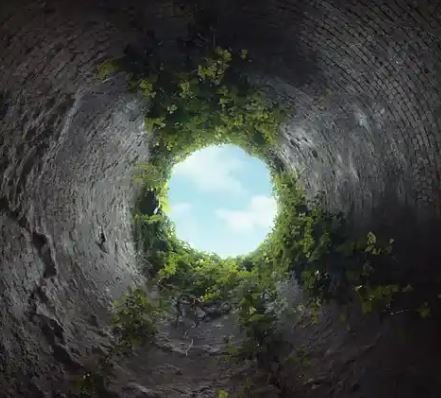Ok so I setup the water "injection" last night. First lets talk about the setup, then we'll talk about the results.
So my first issue what where to have the water enter at. I knew I wanted it to enter where the PCV valve line goes into the carburetor, because it's at the base of the carburetor and would allow the water to enter both primary barrels, below the throttle plate. I thought about Teeing into the brake booster line so I could run the PCV to there, but upon researching that I realized that could negatively effect the operation of the power brakes and the oil mist that comes in might be hard on the booster if it ever made it into the booster somehow, like when your on and off the brakes a lot like on a long downgrade. So in the end I decided just to Tee into the existing PCV hose as close to the carburetor as possible and attach the water "injection" hose to that. I'm not concerned at all about water getting into the crankcase while the engine is running, but I do have the slight concern of it somehow getting draw in after the engine is shut off and during the cooling process. My answer is I don't think that will happen, but I'll be checking the PCV valve for moisture over the next few weeks.
So here is the connect to the carb. The line with the clear tubing is for the water.
You must be registered for see images attach
Below: This is the adjustment valve to increase or decrease the amount of water flow and you see those two sharpie marks, those are adjustment marks. They are 20MM apart and the starting adjustment is 15 seconds. So if the water is at the bottom mark it should take 15 seconds at idle to reach the top mark. I started with that but turned it up some on the way home so I'm probably at about 10 seconds or so. That valve is super sensitive and want to tighten it up some so it'll be harder to knock into it and change the water flow by accident. Which brings me to my next point. If I'm keeping this long term I need to put some sort of restrictor in the line, as it is right now if a person were to open up the valve a whole bunch it would be capable of bringing in enough water to at least stall the engine, maybe worse..... So that's something I'll do if I keep the system long term.
You must be registered for see images attach
Below: Reservoir, right now it is just water fluid bottle, wedged between the evap canister, the power steering hose and the radiator. For extra assurance there ziptie to the core support. Again if I'm going to keep the system I'll buy or repurpose an windshield washer reservoir and mount it low, because it has to stay below the carburetor to ensure it only feeds water by vacuum and not by gravity. At this time I've got $8 into the valve, everything else I had on hand, so it's a cheap experiment.
You must be registered for see images attach
The results. Last night all I did was hooked up the system and drove home. Keeping in mind that water vapor is good at lowering combustion chamber temps which reduces NOx, but it's not so great at lowering hydrocarbons (HC). So running ported vacuum to the vacuum advance creates less NOx but more HC. This was good back in the days of 2 way cats, where the cat could not clean up NOx. But it's terrible for water injection. The results last night on my drive home were the same smelly Hydrocarbons, I've had since switching to ported. So this morning I switched the vacuum advance back to manifold. The results so far have been promising. Keep in mind this is based on one, one hour long drive, but it seems much, much more tolerable both in the HC & NOx smells. It's it as clean as a cat? I'd say based of this morning, no it's not but it is a great improvement. Tonight I'll be driving the truck for about 2 hours so, some highway, some country roads, some traffic so I should get a much better idea as to how well it functions. Probably some fine tuning to do on the amount of water as well.
So I'll probably give an update tonight if I have the energy as to how the drive home went.




